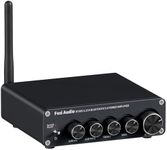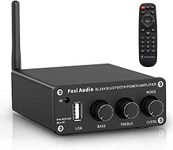Buying Guide for the Best Mini Stereo Amplifiers
Choosing a mini-stereo amplifier can be a rewarding process if you know what to look for. These compact devices are designed to boost the sound from your audio sources, making them ideal for small spaces, desktop setups, or anyone who wants better sound without bulky equipment. The key is to match the amplifier’s features and capabilities to your listening habits, the speakers you plan to use, and the space where you’ll be enjoying your music. Understanding the main specifications will help you make a choice that fits your needs and ensures you get the best possible sound experience.Power Output (Watts per Channel)Power output tells you how much energy the amplifier can send to your speakers, usually measured in watts per channel. This is important because it affects how loud and clear your music will sound. Lower power (under 20 watts per channel) is suitable for small rooms and efficient speakers, while medium power (20-50 watts per channel) works well for most home setups. Higher power (over 50 watts per channel) is best if you have large rooms or less sensitive speakers. To pick the right one, consider your room size and how loud you like your music—more power gives you more headroom, but you don’t always need the highest number.
Inputs and ConnectivityInputs and connectivity refer to the types of devices you can connect to the amplifier, such as phones, computers, turntables, or TVs. Some amplifiers offer only basic analog inputs (like RCA or 3.5mm), while others include digital options (optical, USB) or wireless features (Bluetooth, Wi-Fi). If you want to connect modern devices or stream music wirelessly, look for models with Bluetooth or digital inputs. If you have older equipment, make sure there are enough analog connections. Think about what you’ll be connecting most often and choose an amplifier that supports those sources.
Impedance CompatibilityImpedance compatibility is about matching the amplifier to your speakers, measured in ohms. Most mini-stereo amplifiers work with speakers rated between 4 and 8 ohms. Using an amplifier with speakers outside its recommended range can lead to poor sound or even damage. Check your speakers’ impedance and make sure the amplifier supports it. If you’re unsure, most home speakers are 6 or 8 ohms, and most mini-amps are designed to handle that range.
Size and Build QualitySize and build quality matter because mini-stereo amplifiers are often chosen for their compactness and portability. Some are small enough to fit on a desk or shelf, while others are a bit larger but still much smaller than traditional amplifiers. Build quality affects durability and sometimes sound quality. If you need something for a tight space or to move around, go for a smaller, sturdy model. If it will stay in one place, you can consider slightly larger options with better cooling or more features.
Tone Controls and FeaturesTone controls and extra features can make your listening experience more enjoyable. Some amplifiers offer bass, treble, or balance controls, while others keep things simple. Additional features might include headphone outputs, remote controls, or built-in DACs (digital-to-analog converters). If you like to tweak your sound or want convenience, look for these extras. If you prefer a straightforward setup, a basic amplifier without many controls might be best.
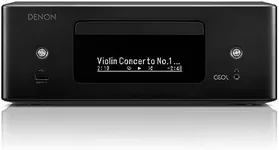


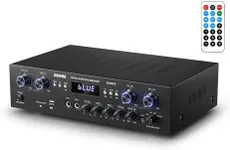
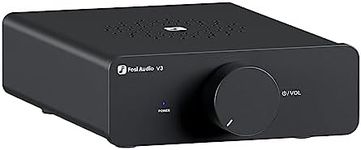
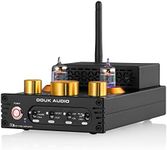

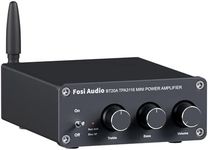
![[Upgraded Version]Fosi Audio TB10D](https://images-proxy.bestreviews.guide/NhbeR2EKp9PTigmMWx_9wqbmTJA=/0x150/https://m.media-amazon.com/images/I/31ySa0jbxJL._AC_CX679_.jpg)


